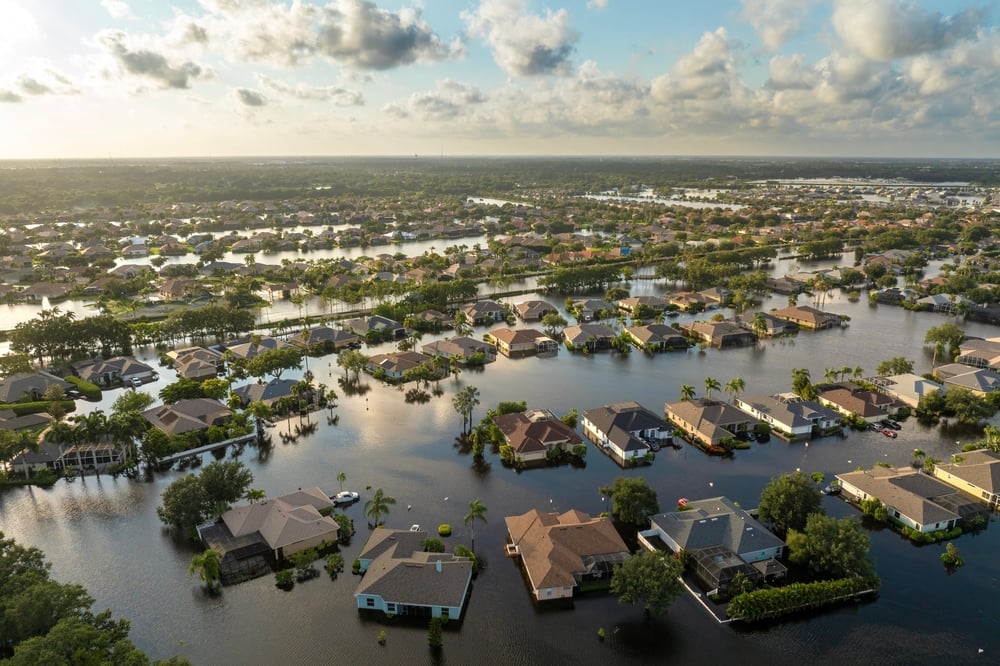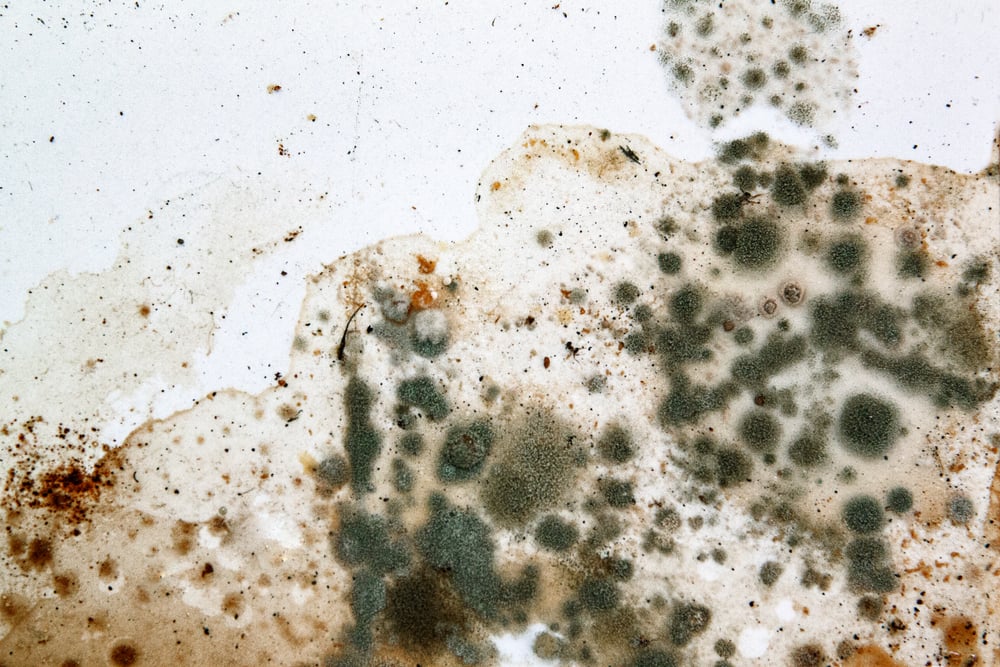Mold Removal in Florida: What Homeowners Need to Know About Insurance
Discovering mold in your Florida home can be overwhelming. Beyond the health risks and property damage, one of the first questions homeowners ask is: Will my insurance cover the cost of mold removal?
The answer depends on your policy details, the cause of the mold, and the speed at which you act after discovering the problem. Here’s what you need to know before filing a claim.
When Mold Removal Is Typically Covered
Most standard homeowners’ insurance policies in Florida will only cover mold remediation if the mold was caused by a peril that is covered under the policy. This means the mold damage must be a direct result of an event your policy already insures against.
Covered scenarios might include:
- Water damage from a burst pipe.
- Mold growth after firefighters used water to extinguish a fire.
- A sudden appliance overflow, such as a dishwasher or washing machine, causes mold.
In these cases, insurance may help cover the cost of both fixing the water problem and removing the mold.
When Mold Removal Is Not Covered
Unfortunately, most homeowners’ insurance policies will not cover mold remediation if the damage is considered preventable. This means the mold formed due to conditions that could have been avoided with proper upkeep and timely repairs. Common scenarios include:
- Long-term neglect or lack of maintenance – If you ignore small leaks, fail to repair damaged roofing, or don’t address visible moisture problems, your insurer may see the resulting mold as homeowner negligence.
- High humidity or poor ventilation over time – In Florida’s climate, failing to run dehumidifiers, maintain your HVAC system, or ensure bathrooms and kitchens are properly vented can lead to gradual mold buildup that won’t be covered.
- Flood damage without flood insurance – Standard homeowners policies exclude damage caused by rising water, storm surge, or overflowing bodies of water. You need a separate flood insurance policy for coverage in these cases.
For example, if a roof leak has been dripping slowly into your attic for months and mold develops, the insurer will likely classify it as preventable, long-term damage. Even if you only just noticed it, the fact that it happened over an extended period usually makes you financially responsible for cleanup and repairs.
Prevention Tip: Regular home inspections, prompt leak repairs, proper ventilation, and maintaining humidity levels below 60% can reduce the risk of mold and strengthen your case for coverage if it ever becomes necessary.
Understanding Mold Coverage Limits
Even when mold remediation is covered, most insurance policies set strict dollar limits on payouts—often between $1,000 and $10,000. In severe cases, this may not be enough to cover the entire job. You may be able to purchase an endorsement or rider to increase your mold coverage limit.
Steps to Take if You Find Mold
- Document the Damage
Take photos and videos as soon as you notice mold or water damage. - Stop the Source of Moisture
Whether it’s a leak, burst pipe, or appliance issue, address it immediately. - Contact Your Insurance Company
Report the damage promptly to avoid claim denial. - Hire a Professional Mold Inspector
This helps confirm the cause and extent of the damage.
Why Quick Action Matters in Florida
Florida’s warm, humid climate accelerates mold growth. Even a small leak can turn into a significant infestation in just a few days. Quick action not only increases the chances of insurance coverage but also reduces the cost of remediation.
Final Thoughts
While some mold removal situations are covered by insurance, many are not. The key is knowing your policy, acting fast, and documenting everything. In Florida, where moisture and storms are part of life, prevention is your best protection.





